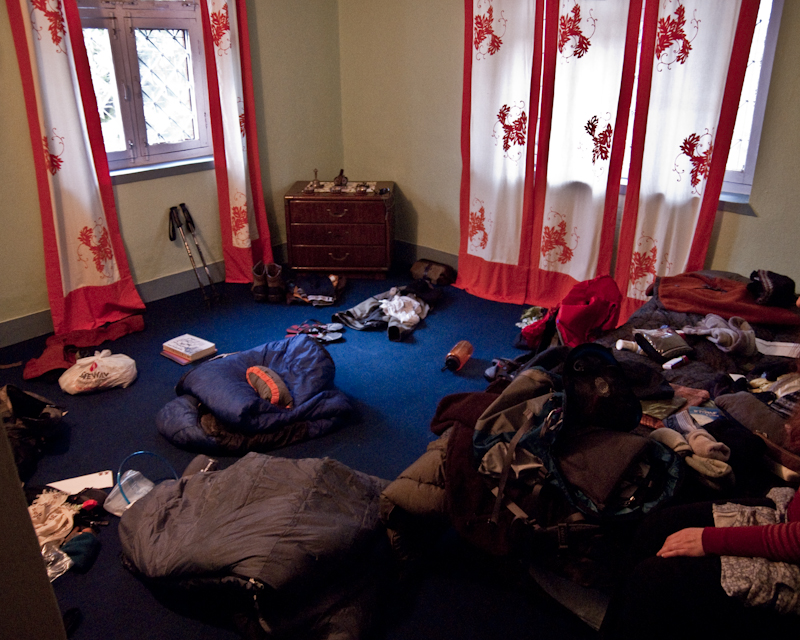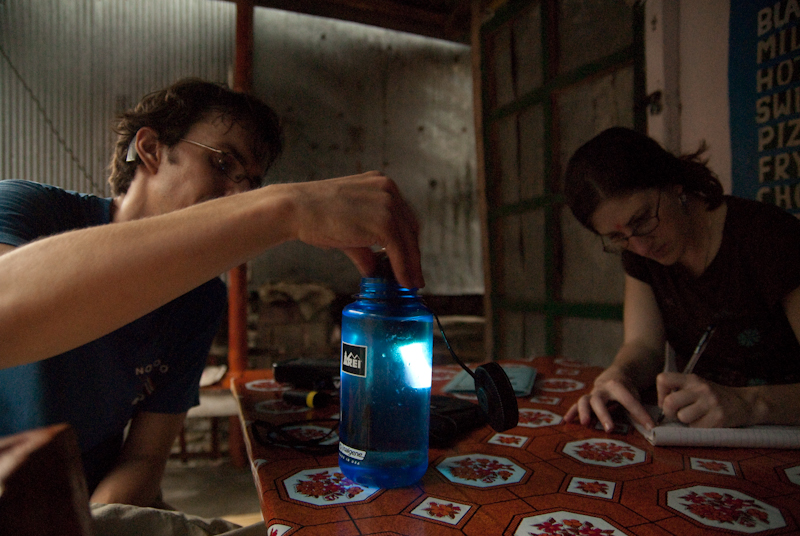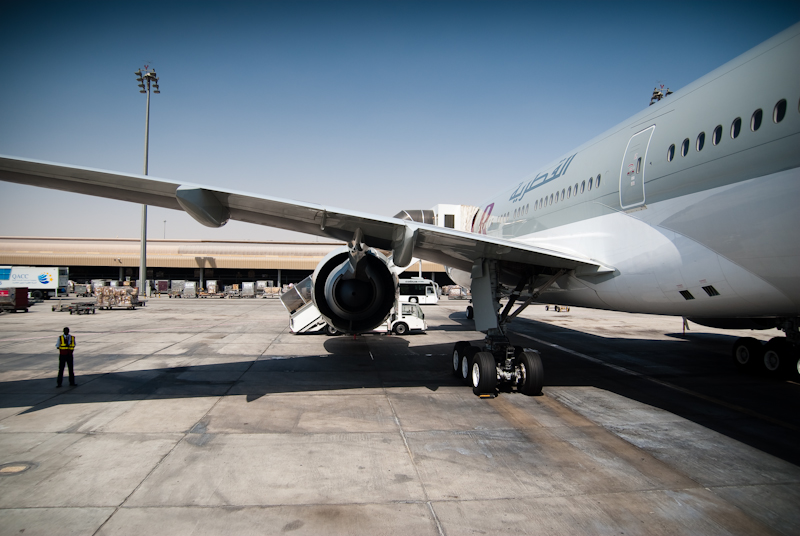
Before leaving for the trip I had some trouble finding good information about what was actually necessary for this trek. The packing lists really varied, with one including some items that definitely aren't necessary (ice axe and crampons), and others seeming incomplete.
A lot of this is going to vary from person to person, but the following should be a good start. Temperatures can vary from the high 80s to the low 10s, and rain or snow are both possible. The bags I carry tend to be heavier than average. My things were normally fairly light, but I carried some things for the group like the first aid kit, clothes, food and extra water.
For a full list of Nepal posts, hit the tag cloud on the side, or this link.
If you are thinking about traveling to Nepal, check out this article by Andrew Hyde. It gives a different than usual, and in my opinion accurate description of what travel there is like.
Clothing:
- Socks x3 - Wool, not cotton.
- Shoes x1 - Broken in! The trail is pretty good for the most part, so I recommend approach shoes. Boots are unnecessary.
- Flipflops x1 - Great for wearing in the evening, and good to have for the shower as well.
- Pants x2 - Nylon hiking pants will do you fine.
- Short sleeve shirt x1 - Capilene.
- Long sleeve shirt x1 - Capilene.
- Underwear x1 - Patagonia, I only wore them in the evening after taking off the compression shorts.
- Compression shorts x2 - Minimize chafing. Not everyone needs them, but my chubby thighs do.
- Fleece/down jacket x1 - Nice for the lodges and the day going over the pass.
- Shell jacket x1
- Shell pants x1 - Optional.
- Sun hat x1 - I wore a baseball cap, but the floppy hats are nice too.
- Warm hat x1 - Mine is wool lined with fleece - awesome.
- Gloves x1 - Nothing too warm, a set of fleece ones should be fine.
- Handkerchief - can be used as a dust filter.
Equipment:
- Big pack - Will be carried by your porter. We brought my 110L pack and were able to fit all of my things, Dara's things, and the porters pack into it.
- Day pack - Depends what you want to carry during the day. I filled a 50L bag, but others got by with much smaller ones. *
- Sleeping bag - For the most part it doesn't get all that cold at night. A 20 degree bag should be fine for most people. If you can't stay warm with that, most of the lodges have heavy blankets to use.
- Thermarest pillow - A luxury
- Headlamp - The power will go out, if there is any to start with.
- AA Batteries - Fit my headlamp and camera flash.
- Water purification** - The group should have two types.
- First Aid Kit***
- Knife
- Carabiners - Good for hanging extra items off packs, or strapping packs together
- Camelbak
- 1L bottle - For water purification.
- Trekking poles - If you like using them. If you do use them, take a complete pair, and not just a single pole.
Toiletry Items:
- Sunblock
- Chapstick
- Hand cream
- Toothbrush
- Toothpaste
- Floss
- Hand sanitizer
- Bar of soap in travel case - Can be used for washing clothes also.
- Shampoo
- Toilet paper - We started with 3 rolls, but bought more along the way
Miscellanious:
- Watch
- Cards
- Book
- Trek map
- Writing materials
- Camera
- Camera batteries - at least two, three is better
- Camera charger
- Camera memory cards - lots
- Snacks - nonperishable items that won't melt are best
- Cord - Always useful.
- Clothes pins - Not all of the lodges have good places to dry things, can be used with cord for makeshift line.
- Ear plugs - Teahouse walls are thin and people snore.
* In my daypack I carried:
- 100 oz camelbak
- 1 or 2 1L Nalgene bottles
- Water purification drops
- Shell
- Long sleeve shirt
- Hat and gloves (on the pass day)
- First aid kit
- Sunblock
- Map
- Book
- Rocks
- Camera batteries, memory cards, flash and charger
** There are lots of options for water purification.
- MSR Sweetwater: My favorite. A bottle costs about ten dollars, treats 300L of water, kills just about everything possible, leaves only a faint aftertaste, works in ten minutes, and can be used to treat large quantities of water quickly. May upset some people's stomachs, so best to test before leaving home.
- Steripen: Uses ultraviolet light to purify water. So it tastes about as good as possible. However, it can only treat one liter of water at a time (that cannot be cloudy), is dependent on electricity, is expensive, and I'm not convinced of its durability. Melissa and Franz had one that was held together with tape, and the guy at REI said they'd had some problems with them.
- MSR Miox: I don't have any experience with this. Uses a salt solution to kill everything. Can treat large quantities of water, and has minimal taste. It takes a long time (four hours) to fully treat water, is dependent on electricity, and can be hard to find in stock.
- Iodine: Will kill most, but not all things, leaves an aftertaste if you don't have the neutralizer, and takes four hours to reach full effectiveness.
- Filter: Not recommended. They can't get all the little baddies.
*** First Aid Kit Contained:
- Tape
- Bandages
- Bandaids
- Bacitracin
- Petroleum jelly
- Liquid bandaids
- Moleskin
- Safety pins
- Tweezers
- Nail clippers
- Scissors
- Ibuprofen
- Diamox - prescription
- Cipro - prescription
- Imodium
- Suture kit
- Firstaid book - added functionality as additional reading material


